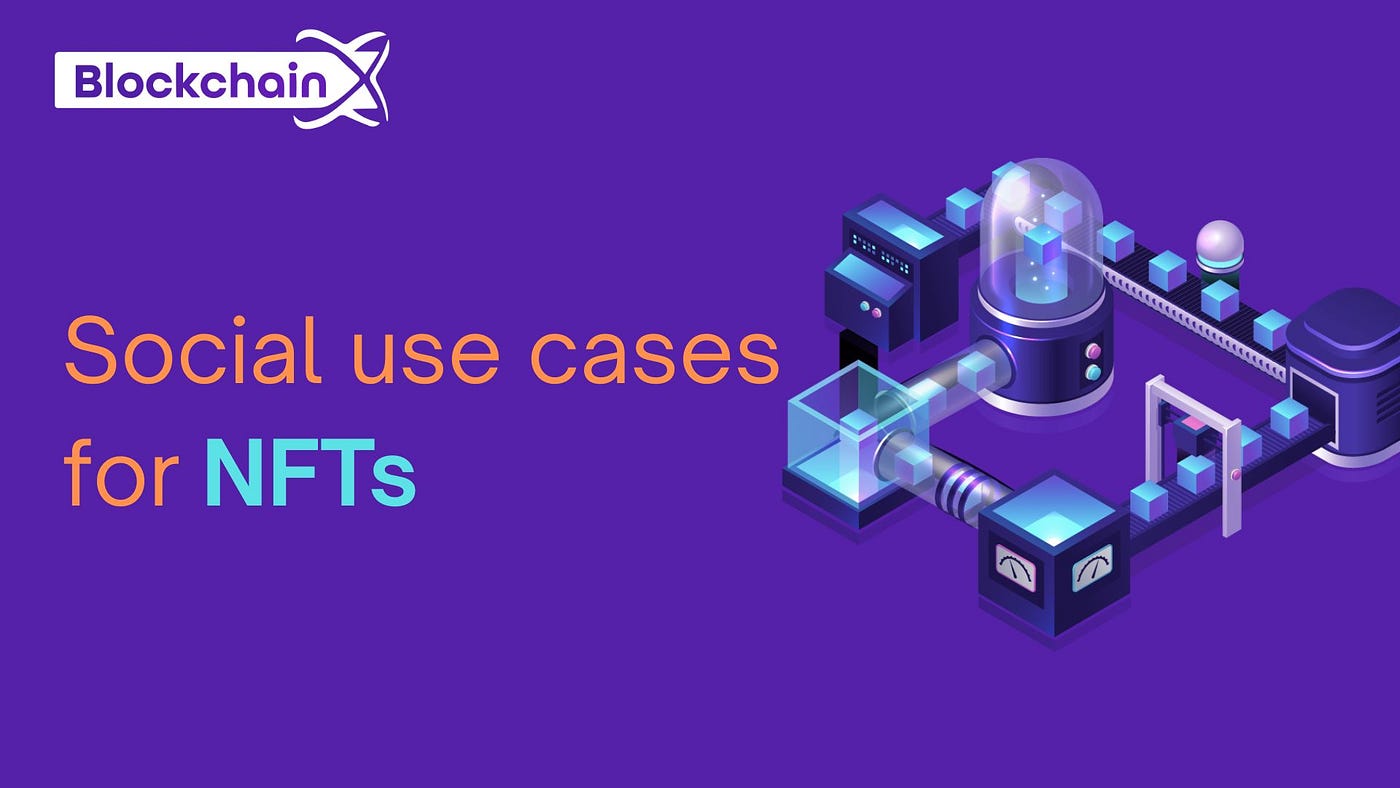views
Social use cases for NFTs
Currently, many people associate NFTs with art, finance, and other things that seem far removed from everyday life. NFT seems to be far away from us, but in fact, it is also very close to us. In the foreseeable future, NFTs may have more “real world” functions and value. Here we do not discuss the application of NFTs in certain fields, but their actual social use cases.
Artwork
NFTs have played a larger role in the buying and selling and ownership of digital artworks. We all know that ownership of physical artwork is usually proven by the owner actually holding it. In the case of ancient or high-value art, the work may have a physical document (called “attribution”) showing who owned the art, when, and how it changed hands. However, some art markets are mixed, and many art lovers are unable to distinguish between genuine and fake artworks, and secondly, they are unable to purchase at a suitable price. Nft Development Company Some platforms can better realize the real artwork by matching the real artwork with the NFT ownership certificate Circulation and copyright attribution of physical artworks.
The First 5000 Days
Compared with physical artworks, the application and value of NFTs in digital artworks are more extensive and in-depth. Intellectual property protection is not suitable for the way ownership and property transfer. By linking digital goods to specific points in blockchain development, NFTs essentially create an immutable digital provenance tied to the artwork itself. In this form, artists can own the copyright of their own works of art, and collectors can ensure that the works of art they buy are authentic and authoritative, preventing piracy and counterfeiting.
In fact, not only art, NFT can also be applied to many fields such as photography, fashion, music and so on.
Develop your NFT with Nft Development services

Protection of scarcity in the age of digital reproduction
When people understand the value of NFTs, they often encounter an incomprehensible fact: After the NFTs are sold, the images or digital artifacts represented by the NFTs are still publicly available. However, this is not always the case. For example, BAYC once combined the way of NFT + trendy play brand, making the scarcity of NFT a channel and feature of brand promotion. Perhaps, this can become a ride for some unknown small brands in the society to tell their stories and brand concepts.
There are still some NFT issuers now that allow people with NFT collectibles to make secondary creations, such as issuing peripherals, which maintains the scarcity and value of the original purchase.
Reward certificate
In 2020, the first WebXR prize was “delivered” to recipients in the form of NFTs. While not physically a tactile trophy, the design of this award can be extended as a three-dimensional digital artifact. While anyone can submit and upload an image of the XR Prize, only the actual winner will be able to prove to everyone through their NFT address and wallet that they received the honor.
Today, almost most of the certificates and trophies are in kind, and the winners need to get the trophies by physical arrival or by mail. However, spatial and geographic limitations may prevent recipients from being present to accept their prizes. For example, receiving awards across borders is not very realistic during the epidemic. Then, if the institution sends the NFT trophy through the official, traceable on the chain, and shows it to the public through the NFT wallet. It not only solves the problem of receiving trophies in different places, but also solves the problem of authenticity checking of trophies, such as award fraud.
Trophies and NFT token are very consistent, limited, and rare. Similar application opportunities are numerous, such as diplomas and even property. These ideas also hopefully tie into the development of “smart contracts,” blockchain-backed protocols that facilitate transactions between individuals without the need for third-party involvement in the past.
Proof of Ownership
NFTs change the Internet by creating the “Internet of Value”. We’ve never been able to actually own our internet-native digital items, but now we can. Most items that people own have value in the physical world, but very few people have items of value in the virtual world. At the beginning of the invention of the blockchain, people could finally have their own FT. Through NFTs, people can own their own virtual items.
As people start spending more and more time in virtual environments, virtual appearances are also becoming more important. In Roblox, the price of a Gucci bag exceeds the market value of the physical bag; in The Sandbox, the price of a parcel of land even exceeds the real-world parcel. In the virtual world, people also need to socialize, consume, and define personalization, group belonging and identity. And these are inseparable from assets, and NFT is also a necessary key to the proof of asset value.











